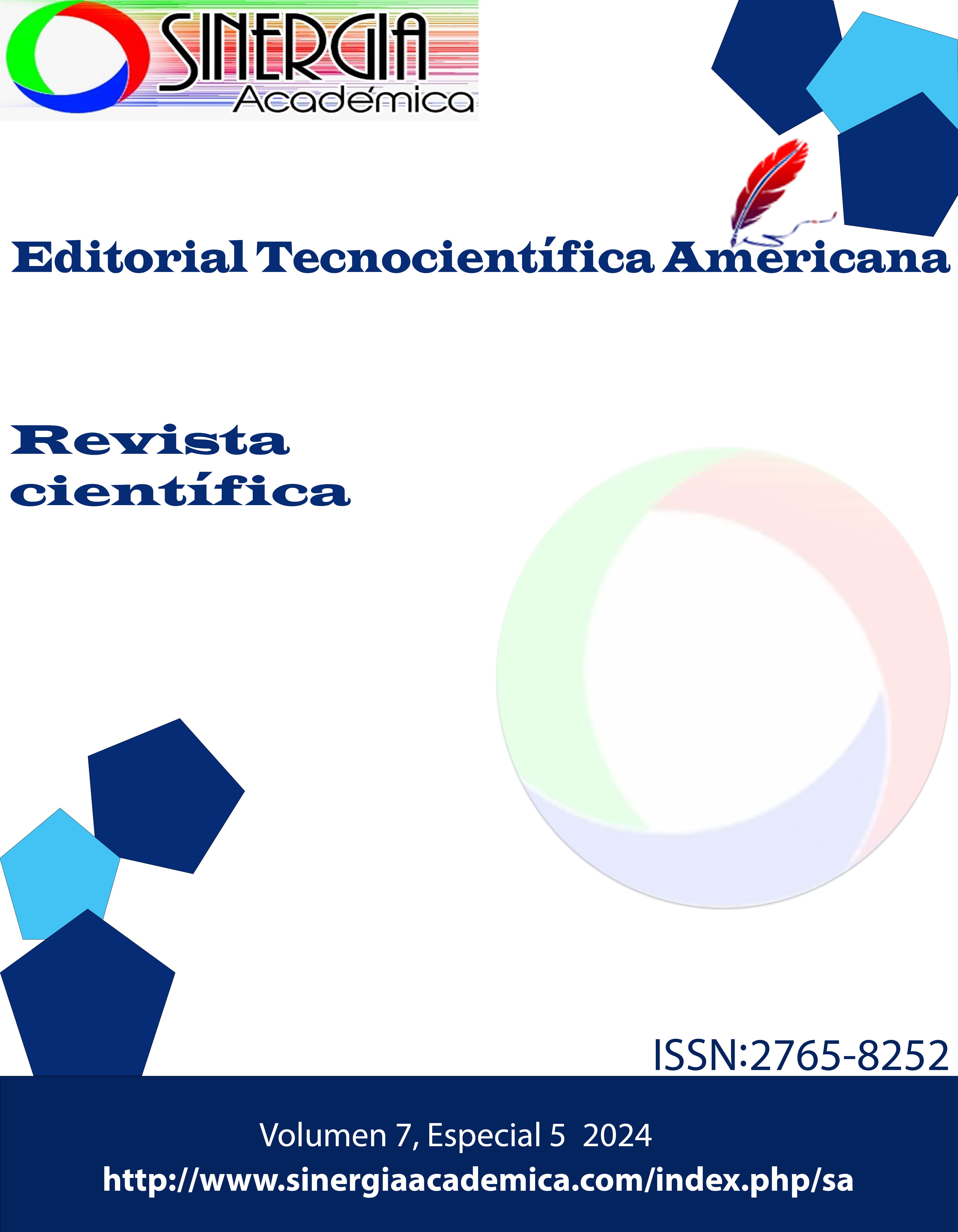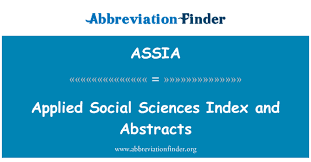Estrategia metodológica para el aprendizaje de la adición y la sustracción, en el tercer año de educación general básica
DOI:
https://doi.org/10.51736/yg79e864Palabras clave:
gamificación de la enseñanza, aprendizaje basado en problemas, operaciones de suma y resta, procesos cognitivos, autoconfianza, motivación.Resumen
Es crucial abordar y resolver los desafíos que enfrentan los alumnos de EGBE en la resolución de problemas, que implican el uso de operaciones de suma y resta para fortalecer sus habilidades matemáticas fundamentales. El presente estudio se marcó como objetivo desarrollar una estrategia metodológica sustentada en las TIC, que combina la gamificación del aprendizaje y el ABP, para promover el desarrollo de habilidades matemáticas básicas de suma y resta, desde un enfoque cognitivo y motivacional, en estudiantes del tercer grado de la EGBE. El estudio se realizó con la participación de 25 estudiantes de tercer año de la unidad educativa Mundial (Matutina) en la básica elemental, además de la colaboración de 9 docentes de matemáticas de la misma institución. La estrategia propuesta constó de 5 etapas para su diseño e implementación, planificada para un total de 12 semanas. El diagnóstico aplicado permitió identificar insuficiencias cognitivas, emocionales y motivacionales en los estudiantes. Para aplicar la estrategia se decidió utilizar la plataforma web Wordwall, para el diseño de juegos. Los resultaos estadísticos utilizados para el análisis comparativo pretest-postest permitieron determinar un crecimiento significativo en las calificaciones de los estudiantes, así como progresos en los tiempos de respuesta y en los aspectos emocionales y motivacionales. El criterio de los expertos consultados corroboró la pertinencia de la estrategia propuesta, aunque destacaron áreas de mejora en relación con el examen de la portabilidad de las TIC en la estrategia.
Descargas
Publicado
Número
Sección
Licencia
Derechos de autor 2024 Sinergia Académica

Esta obra está bajo una licencia internacional Creative Commons Reconocimiento-NoComercial-CompartirIgual 3.0.
















